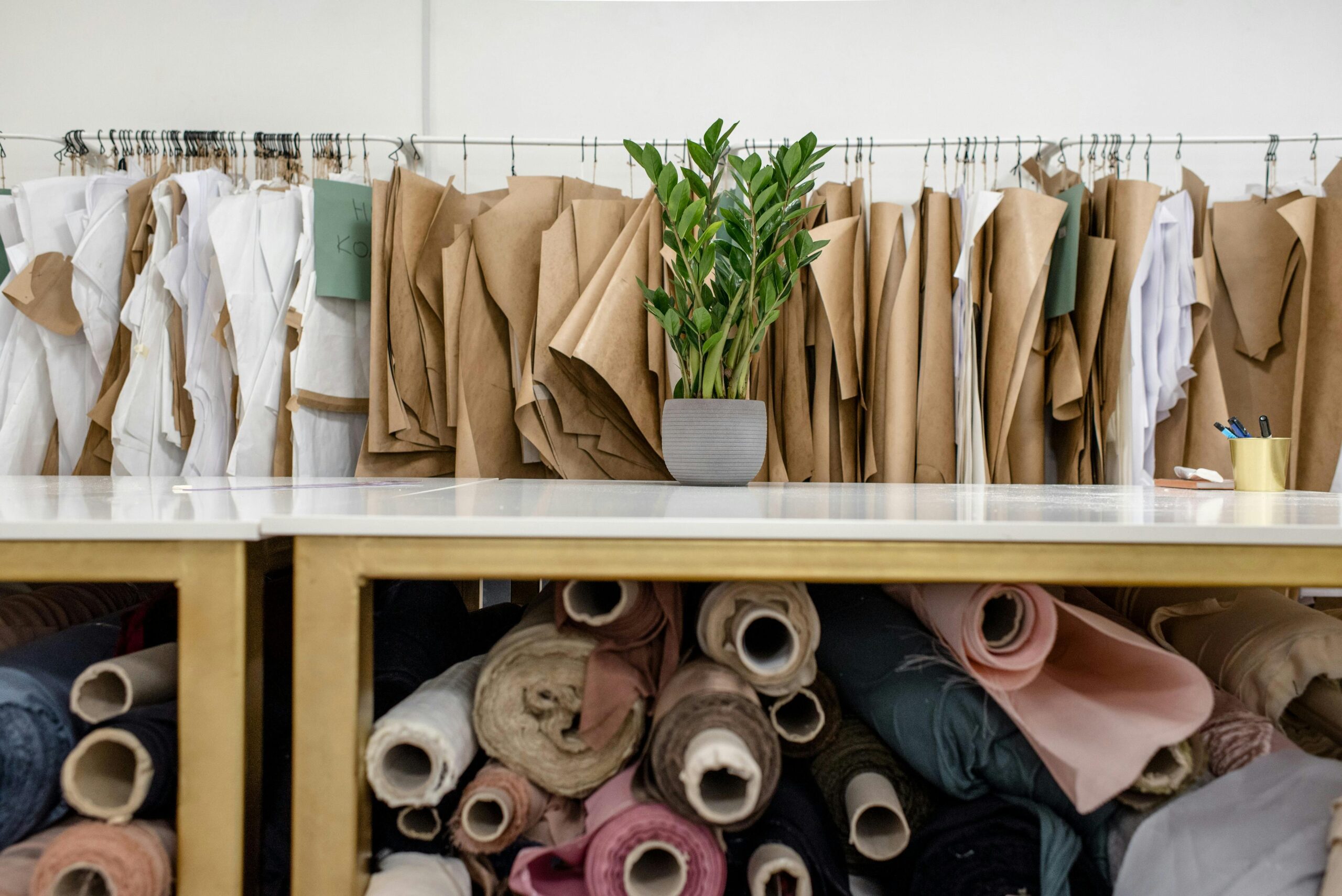Introduction
Fashion is not just about clothing; it is a cultural phenomenon that reflects society’s values, trends, and aspirations. It encompasses a wide range of styles, from haute couture to streetwear, each telling a unique story of creativity and self-expression. This article delves into the multifaceted world of fashion, exploring its historical roots, current trends, technological innovations, and its evolving relationship with sustainability and culture.
Fashion History
To understand contemporary fashion, one must appreciate its historical journey. Fashion has evolved significantly over centuries, influenced by social, political, and economic factors. From the elaborate garments of ancient civilizations to the structured elegance of Victorian fashion and the revolutionary designs of the 20th century, every era has contributed to shaping today’s fashion landscape. Iconic designers like Coco Chanel, who liberated women’s fashion with her simple, yet sophisticated designs in the early 20th century, and Yves Saint Laurent, who pioneered the concept of ready-to-wear collections, have left lasting legacies that continue to inspire modern fashion trends.
Key Designers and Brands
Influential designers and fashion houses play a pivotal role in shaping global fashion trends. From established names like Gucci and Chanel to emerging talents disrupting the industry, each brand brings a unique perspective and aesthetic to the table. For instance, brands like Balenciaga and Off-White under the creative direction of Virgil Abloh have redefined streetwear, blending high fashion with urban influences and making it accessible to a broader audience. Meanwhile, luxury brands such as Louis Vuitton continue to set the standard for craftsmanship and exclusivity in the fashion world.
Fashion Shows and Events
Fashion shows and events serve as platforms where designers showcase their latest collections, setting the tone for upcoming trends. Events like New York Fashion Week, Paris Fashion Week, and the Met Gala are not only showcases of creativity but also cultural phenomena that capture the imagination of fashion enthusiasts worldwide. These events feature extravagant runway presentations, celebrity sightings, and industry networking opportunities, making them pivotal moments in the fashion calendar.
Trend Analysis
Analyzing current fashion trends provides insights into the ever-changing preferences and tastes of consumers. Today, trends are increasingly influenced by social media and digital platforms, where influencers and celebrities drive demand for specific styles and brands. Recent trends include a resurgence of 90s fashion with oversized silhouettes and minimalistic designs, as well as a growing emphasis on sustainability and ethical fashion practices. Gender-fluid fashion, characterized by its rejection of traditional gender norms, has also gained traction, reflecting broader societal shifts towards inclusivity and diversity in fashion.
Style Tips
Practical fashion advice helps individuals navigate trends and express their personal style confidently. Whether it’s mastering the art of layering for fall, choosing versatile pieces that transition seamlessly from day to night, or accessorizing effectively to elevate a casual outfit, style tips empower readers to experiment with fashion while staying true to their preferences. Emphasizing the importance of fit, color coordination, and understanding one’s body shape ensures that fashion choices are not only stylish but also flattering and comfortable.
Sustainability in Fashion
The fashion industry’s impact on the environment has prompted a paradigm shift towards sustainability. Brands are increasingly adopting eco-friendly practices, from using organic and recycled materials to implementing fair trade and ethical manufacturing processes. Sustainable fashion is not just a trend but a movement towards reducing carbon footprints and promoting social responsibility. Innovations such as zero-waste design techniques, closed-loop recycling, and carbon-neutral production methods are paving the way for a more environmentally conscious industry.
Technology in Fashion
Technological advancements are reshaping every aspect of the fashion industry, from design and production to marketing and retail. 3D printing technology allows designers to create intricate prototypes and customized garments with unprecedented precision. Virtual reality (VR) and augmented reality (AR) are revolutionizing the shopping experience by enabling virtual try-ons and immersive fashion shows accessible to global audiences. Artificial intelligence (AI) algorithms analyze consumer data to predict trends and optimize supply chain management, enhancing efficiency and reducing waste. As technology continues to evolve, its integration into fashion promises to democratize creativity and redefine how fashion is experienced and consumed worldwide.
Celebrity and Cultural Impact
Celebrities and influencers wield significant influence in shaping fashion trends and consumer behavior. Their style choices are closely watched and often replicated by millions of followers, making them powerful catalysts for trends to go viral. From red carpet appearances to everyday street style, celebrities showcase fashion in diverse contexts, influencing perceptions of luxury, accessibility, and cultural relevance. Media coverage of celebrity fashion choices amplifies their impact, turning iconic looks into cultural milestones and driving demand for designer collaborations and endorsed products.
Conclusion
Fashion is a dynamic and ever-evolving industry that reflects society’s values, aspirations, and cultural evolution. From its rich historical roots to the cutting-edge innovations shaping its future, fashion continues to captivate and inspire. Embracing diversity, sustainability, and technological advancement is crucial as the industry navigates towards a more inclusive and environmentally conscious future. As consumers become more informed and conscientious, the role of fashion in promoting creativity, self-expression, and social change becomes increasingly significant. By celebrating its diversity and embracing innovation, fashion will continue to shape and reflect the world we live in.

1 thought on “The Ultimate Guide to Fashion Industry”